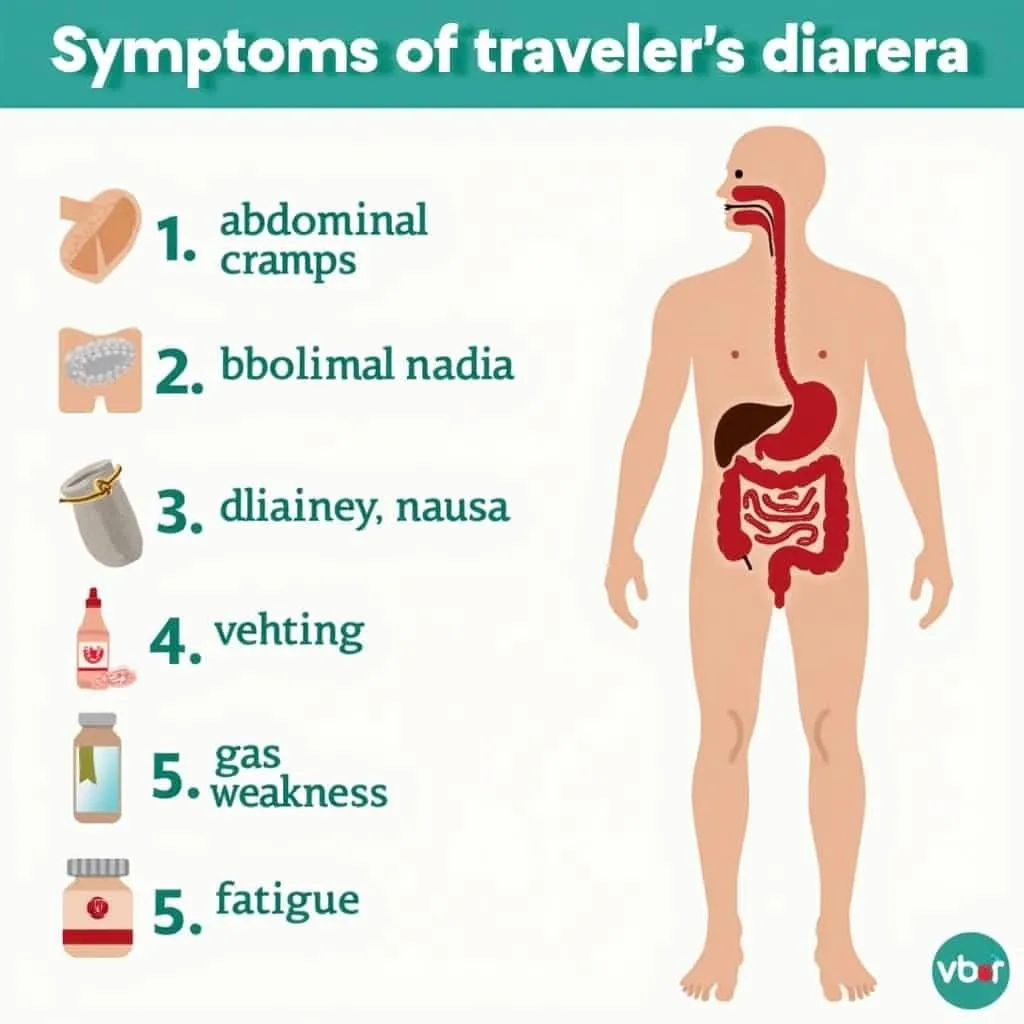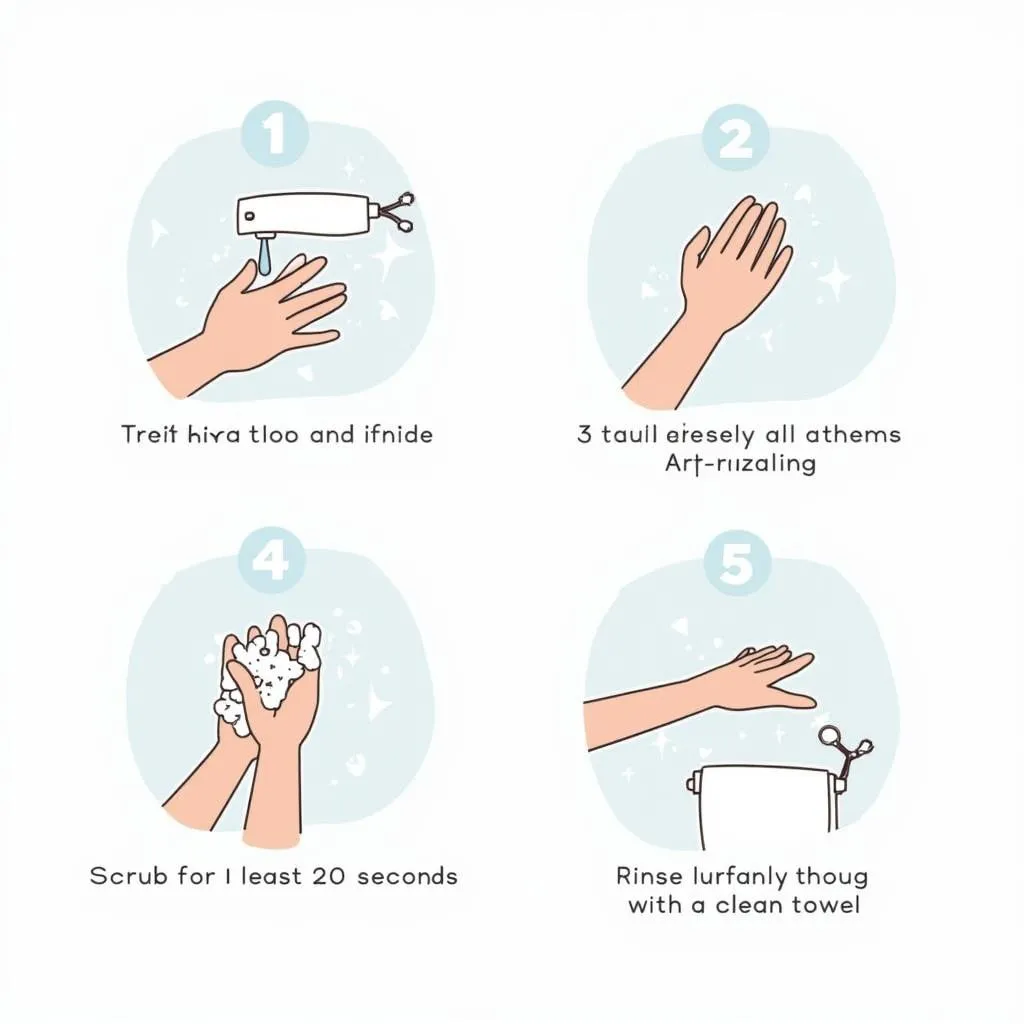“Better to have a bad stomach than a good memory when traveling,” goes the old adage. But let’s face it, no one wants their travel memories tainted by an upset stomach. Traveler’s diarrhea, unfortunately, can be an unwelcome travel companion, especially when venturing to new and exotic destinations. So, what exactly is it, and how can you avoid this vacation spoiler?
Understanding Traveler’s Diarrhea
Traveler’s diarrhea (TD) is a digestive disorder that commonly affects people traveling to developing countries or regions with different hygiene standards. Imagine yourself strolling through the bustling night market in Bangkok, Thailand, tempted by the aroma of street food. While these experiences are a feast for the senses, they can also introduce bacteria, viruses, or parasites your stomach isn’t used to.
Causes and Symptoms
The most common culprit behind TD is bacteria, particularly Escherichia coli (E. coli). Other offenders include viruses like norovirus and rotavirus, and parasites like Giardia lamblia.
Symptoms often rear their ugly head within the first few days of travel and can include:
- Frequent, loose stools
- Abdominal cramps and pain
- Nausea and vomiting
- Bloating and gas
- Weakness and fatigue
In most cases, traveler’s diarrhea is self-limiting, meaning it resolves on its own within a few days.
 Traveler's Diarrhea Symptoms
Traveler's Diarrhea Symptoms
Preventing Traveler’s Diarrhea: Tips for a Smooth Journey
As the saying goes, “An ounce of prevention is worth a pound of cure.” Here are some savvy travel tips to minimize your risk of TD:
1. Be Mindful of What You Eat and Drink
- Food Choices: Stick to cooked food that’s still hot. Avoid raw fruits and vegetables unless you can peel them yourself, and be wary of salads and street food, especially from vendors with questionable hygiene practices.
- Water Wisdom: Opt for bottled water, making sure the seal is unbroken. Use bottled water even for brushing your teeth. Hot beverages like tea and coffee are generally safe.
- Ice is Dicey: Skip the ice unless you’re certain it’s made from purified water.
2. Practice Good Hygiene
Frequent handwashing with soap and water is your best defense against those pesky germs. Carry hand sanitizer with at least 60% alcohol for times when soap and water aren’t accessible.
 Proper Handwashing Technique
Proper Handwashing Technique
3. Consider Probiotics
Some studies suggest that probiotics, particularly those containing Lactobacillus GG, may help prevent traveler’s diarrhea. Start taking them a week or two before your trip.
Treating Traveler’s Diarrhea
If you’re struck with TD, don’t despair. Here are some ways to manage the symptoms and get back on track:
- Stay Hydrated: Diarrhea can lead to dehydration, so drink plenty of fluids like bottled water, oral rehydration solutions, or clear broth.
- Over-the-Counter Relief: Consider over-the-counter medications like loperamide (Imodium) to reduce diarrhea and bismuth subsalicylate (Pepto-Bismol) for upset stomach and diarrhea.
- Seek Medical Attention: If your symptoms are severe (e.g., high fever, bloody diarrhea, dehydration), see a doctor. Antibiotics may be necessary in some cases.

